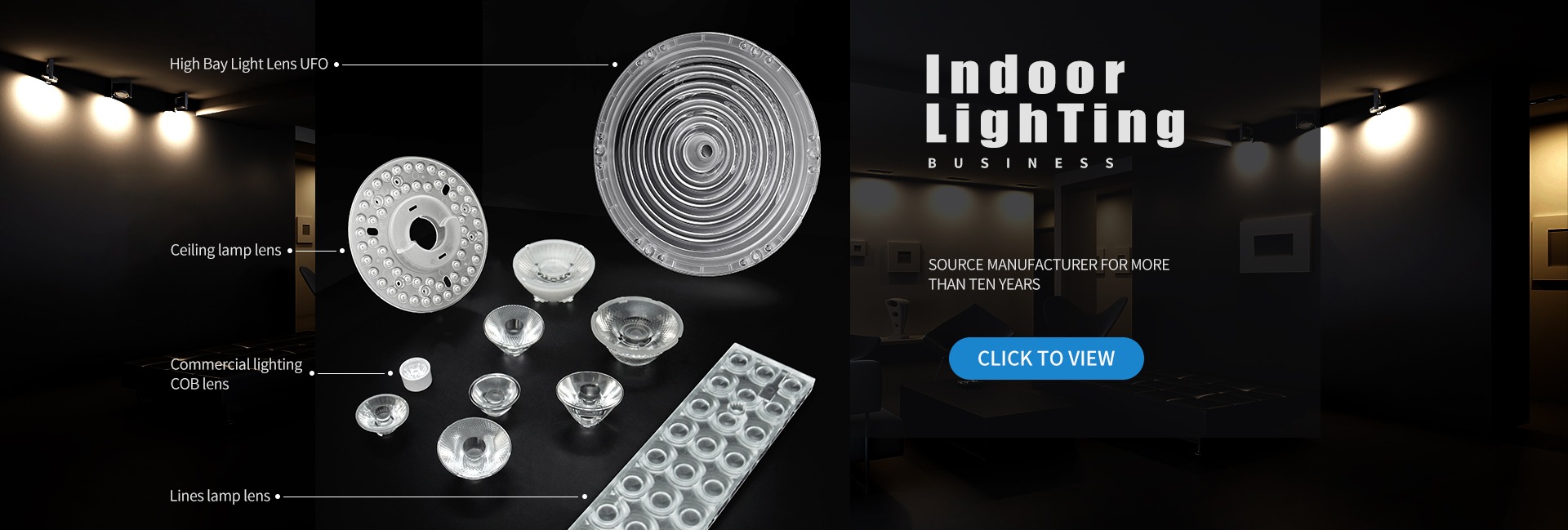
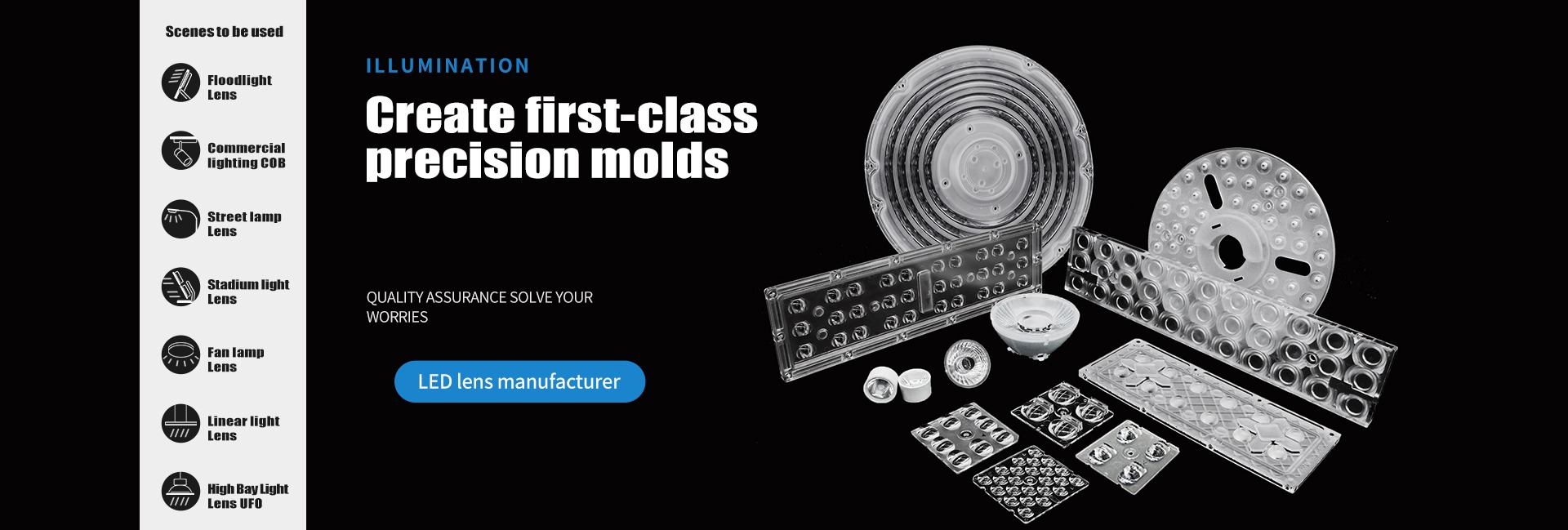
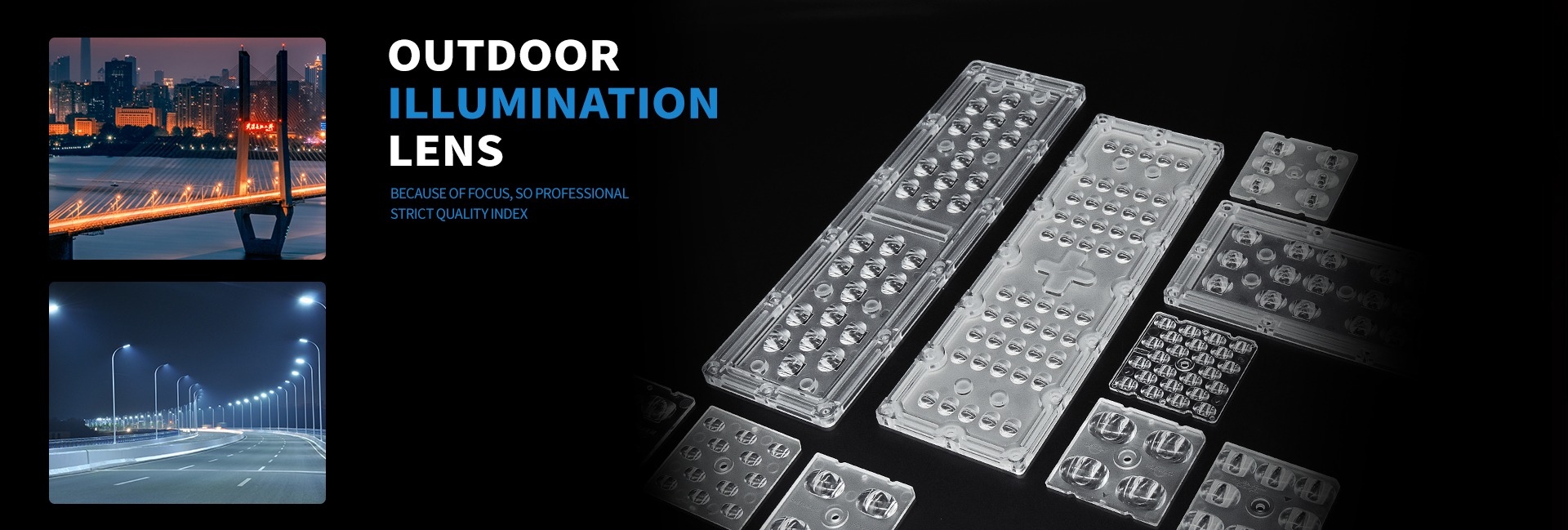
Office Lighting: Illuminating Your Workspace for Success
In the dynamic world of modern offices, lighting is far more than just a matter of visibility. It plays a pivotal role in enhancing productivity, promoting well - being, and shaping the overall atmosphere of the workspace. This article delves deep into the realm of office lighting, exploring its various aspects, from the science behind it to practical design tips.
1. Productivity Boost: Adequate and well - designed lighting can significantly increase productivity. In a study conducted by the Heschong Mahone Group, offices with high - quality lighting saw a 20% increase in typing accuracy and a 12% improvement in reading speed among employees. When the lighting is right, employees can focus better, reduce eye strain, and work more efficiently.
2. Health and Well - being: Lighting has a profound impact on our physical and mental health. Poor lighting, such as harsh fluorescent lights with high flicker rates, can cause headaches, eye fatigue, and even disrupt sleep patterns. On the other hand, exposure to natural - like light, especially during the day, helps regulate the body's circadian rhythm. This, in turn, improves sleep quality, boosts mood, and reduces the risk of stress - related illnesses.
3. Aesthetic Appeal: The right lighting can transform an ordinary office into an inviting and professional space. It can highlight architectural features, create a sense of depth, and set the tone for the brand. For example, warm - toned lights in a creative agency can foster a more relaxed and inspiring environment, while cool - toned lights in a corporate law firm can convey a sense of professionalism and precision.
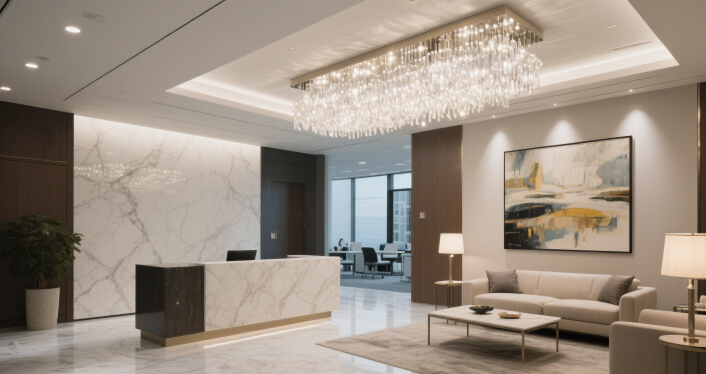
1. General Lighting: This provides overall illumination for the office space. Ceiling - mounted fixtures, such as fluorescent troffers or LED panels, are commonly used for general lighting. They should be evenly distributed to ensure uniform brightness across the room. For large open - plan offices, linear suspension lights can be an excellent choice as they can cover a wide area and provide a modern aesthetic.
2. Task Lighting: Task lighting is focused on specific work areas, such as desks or workbenches. Desk lamps, adjustable pendant lights, or under - cabinet lights are examples of task lighting. These lights should be bright enough to meet the specific visual demands of the task at hand, such as reading fine print or working on detailed graphics. They also help reduce glare and contrast, making it easier on the eyes.
3. Accent Lighting: Accent lighting is used to draw attention to specific elements in the office, such as artwork, signage, or architectural details. Recessed downlights, track lighting, or wall - washers can be used for accent lighting. By highlighting these features, accent lighting adds visual interest and depth to the office space.
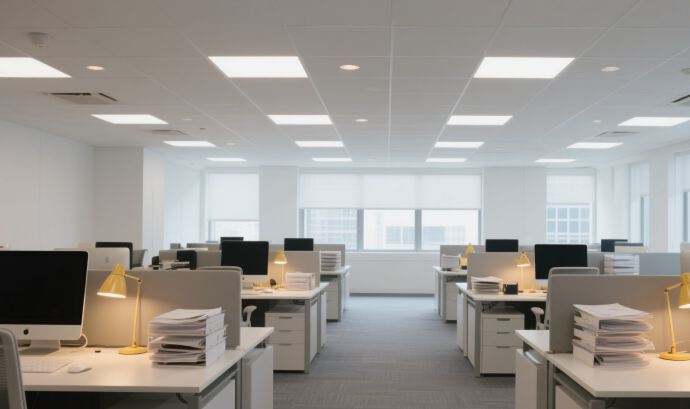
1. Light Levels: The appropriate light level depends on the type of work being done. For general office work, an illuminance of 300 - 500 lux is recommended. However, for tasks that require more precision, such as graphic design or detailed paperwork, a higher light level of 500 - 1000 lux may be necessary.
2. Color Temperature: Color temperature is measured in Kelvin (K). Warm - white light, with a color temperature of around 2700 - 3000K, creates a cozy and inviting atmosphere, which is suitable for areas where employees relax or collaborate. Cool - white light, with a color temperature of 4000 - 5000K, is more neutral and provides a clear, crisp light, making it ideal for general office work. Daylight - white light, with a color temperature of 5500 - 6500K, mimics natural daylight and is beneficial for tasks that require high visual acuity.
3. Glare Control: Glare can be a major source of discomfort in the office. To reduce glare, use diffused lighting fixtures, anti - glare coatings on windows, and proper positioning of light sources. Avoid placing lights directly in front of or behind computer screens.
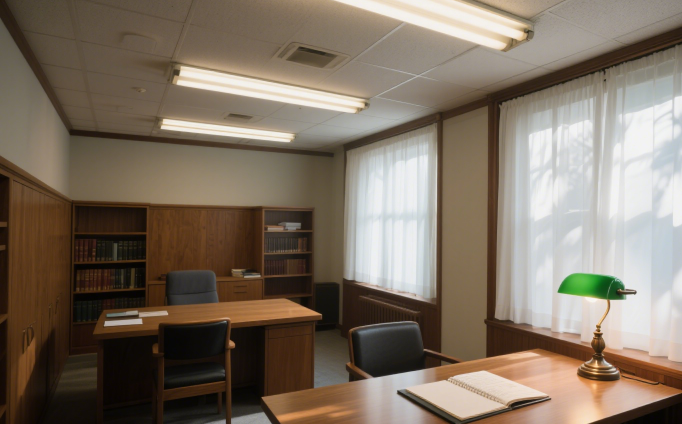
1. LED Lighting: LED lights are becoming increasingly popular in office settings due to their energy - efficiency, long lifespan, and high - quality light output. Compared to traditional incandescent or fluorescent lights, LEDs can consume up to 80% less energy. They also produce less heat, which can help reduce air - conditioning costs.
2. Smart Lighting Systems: Smart lighting systems use sensors and controls to adjust the lighting based on occupancy, daylight availability, and time of day. For example, motion sensors can turn off lights in unoccupied areas, and photosensors can dim artificial lights when there is sufficient natural light. These systems can significantly reduce energy consumption without sacrificing lighting quality.
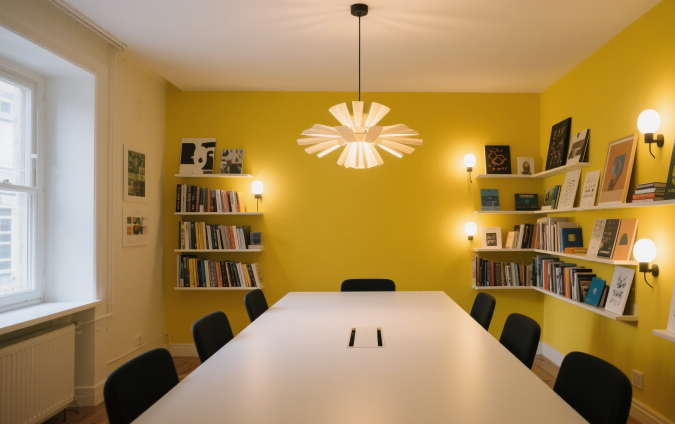
In conclusion, office lighting is a complex and crucial aspect of creating a productive, healthy, and aesthetically pleasing workspace. By understanding the different types of lighting, design considerations, and energy - efficient options, businesses can make informed decisions to illuminate their offices for success.